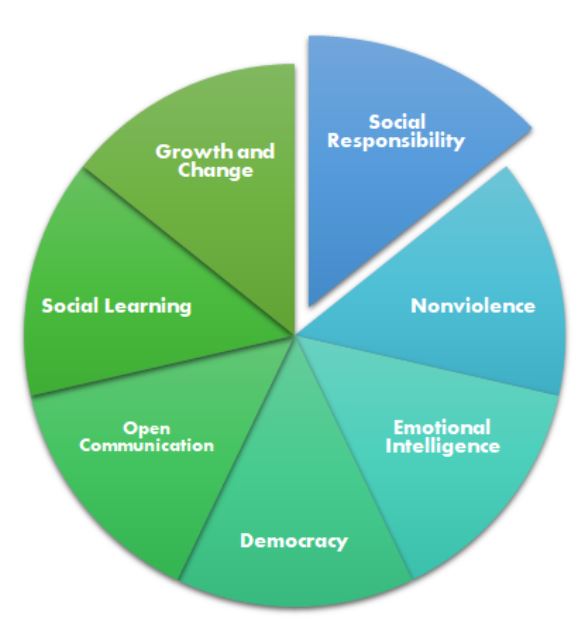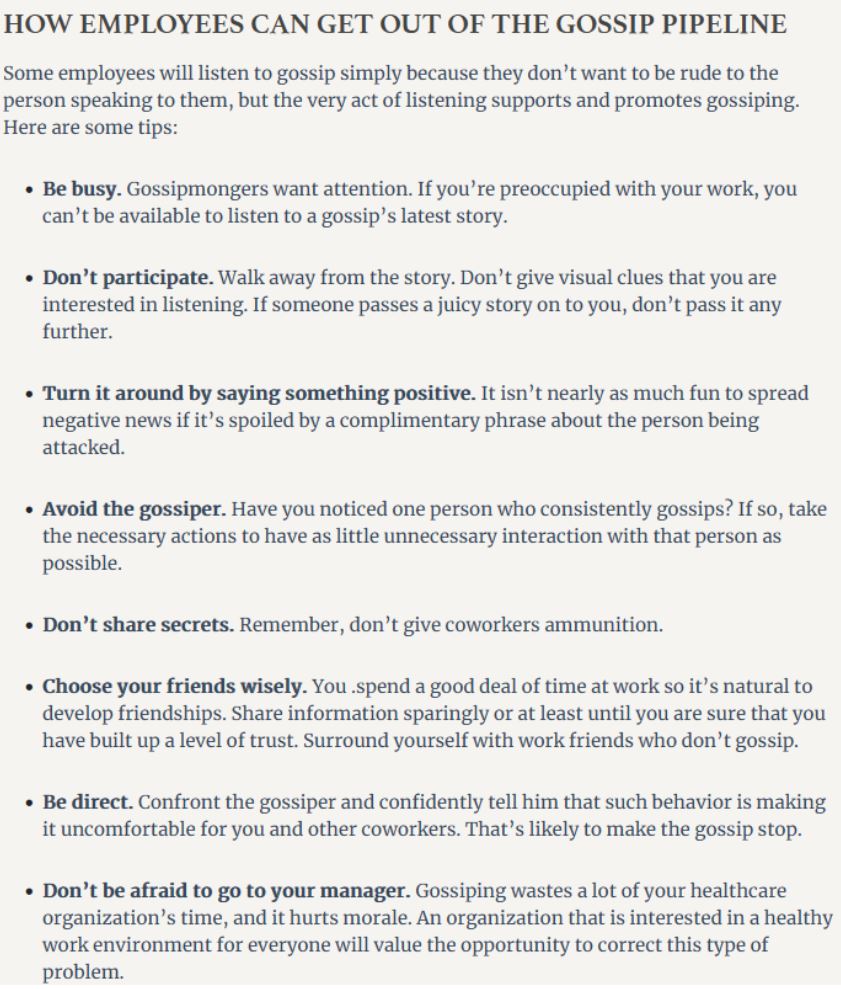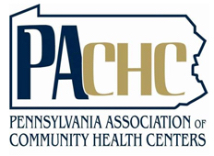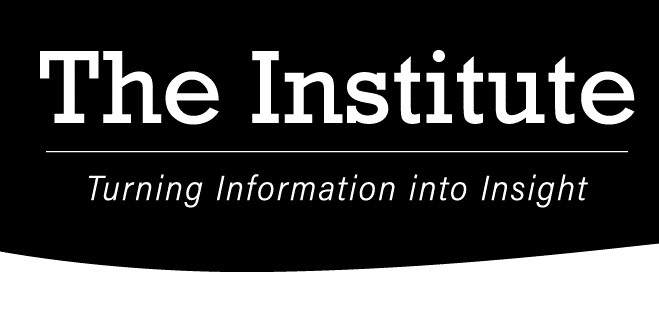The Seven Commitments


The Seven Commitments: Social Responsibility

At the root, to be socially responsible is to care for others. This is easy when the other person is someone we like. The trick is that this applies even to others we may not like. The golden rule is thousands of years old, and originally was written in the negative: do not do unto others as you would not have done unto you. That’s good, but Tony Allessandra and Michael O’Connor one-upped it pretty well with The Platinum Rule (also the title of their book): Do unto others as they’d like done unto them. In other words, treat people the way they want to be treated.
May we all be treated the way we’d like to be treated. Feel free to delete and move on or keep reading to find out how social responsibility shows up in a Sanctuary organization.
We’re all doing this, or we’re not doing this.
According to the American Society for Quality (ASQ), social responsibility “in business, also known as corporate social responsibility (CSR), pertains to people and organizations behaving and conducting business ethically and with sensitivity towards social, cultural, economic, and environmental issues. Striving for social responsibility helps individuals, organizations, and governments have a positive impact on development, business, and society.”
In Sanctuary, social responsibility means the community will take care of itself and its members. But what does that mean when the industry is so broken and the work is so hard? It means members share the responsibility for doing good work, adhering to the rules of the community, and being accountable for their behaviors and decisions. This looks like active participation in Sanctuary from all members of the community especially and most importantly during moments of performance management.
Social responsibility in a Sanctuary organization also, after appropriate staff development efforts have been made and documented, acknowledges there is an expectation that staff members must demonstrate a commitment to organizational and Sanctuary values in order to retain employment.
In other words, Sanctuary can look like we are slowing down the bus so folks who are not heading where The Wright Center is headed can step off at the next stop.
Wait, so social responsibility in Sanctuary means people could get fired? Yes, it does.
The long answer is a little more complicated. If a team member is routinely not doing what they are supposed to be doing (performance issues) or acting unprofessionally (conduct issues), they are being socially irresponsible because they are making more work for the people around them. Their supervisor meets with them, mentors them, and coaches them – and they don’t change. The supervisor then works with HR to document a performance improvement plan, and maybe things get a little better, but the rest of the team is still picking up the slack. If the individual isn’t let go, the supervisor is now also being socially irresponsible because they are harming the rest of the team. Not holding a challenging employee accountable is also harming that individual because people don’t act out for no reason. As a supervisor, allowing someone’s poor professional behaviors to go unchecked is doing them the disservice of a lack of investment in their success.
This stuff can happen at any level of an organization. A meeting might occur where a group of employees at the top of an organization is meeting about an issue and someone is behaving unprofessionally. In such an instance, there may not be a supervisor to hold them accountable, so who should? In a true Sanctuary organization, anyone in the presence of the behavior should be safe enough to step into the discomfort of democracy and, with emotional intelligence and non-violence, openly communicate their feelings about the unprofessional act or behavior.
Socially irresponsible organizational behavior would have us objectify the other person so that we think of I and it. This may not be a conscious move but it can be detected wherever we find the reenactment triangle, wherever someone is having an outsized reaction to an issue, and wherever the other person is not seen as a person but as a problem to be solved.
Socially responsible organizations allow us to see the other as a subject so that we think of I and thou. (This is a reference to a book by Martin Buber. I highly recommend it.) Given the predominant culture of the U.S., this may have to be a conscious move for most of us but it can be found wherever there is the felt grace of encounter, wherever there is mentorship and coaching, and wherever the human beings experiencing challenges together understand at the root that they are not experiencing those challenges alone.
It is in such socially responsible spaces that Sanctuary supports diversity, equity, and inclusion. Where title and power and agenda might fall away and we find ourselves together as human beings. I hope we all see each other there.
QUICK TIP
Bullying is obviously socially irresponsible but so is gossip. I know it is hard to ignore, particularly when it is about people we do not naturally gravitate toward, but it is insidious and really awful and not to be tolerated. So, what do you do if you have gossipers in your life? Here is a great, and quick read about how to manage that stuff! The big takeaways are below:

Credit: American Association for Physician Leadership
Thank you,

Meaghan P. Ruddy, Ph.D.
Senior Vice President
Academic Affairs, Enterprise Assessment and Advancement,
and Chief Research and Development Officer
The Wright Center for Graduate Medical Education









